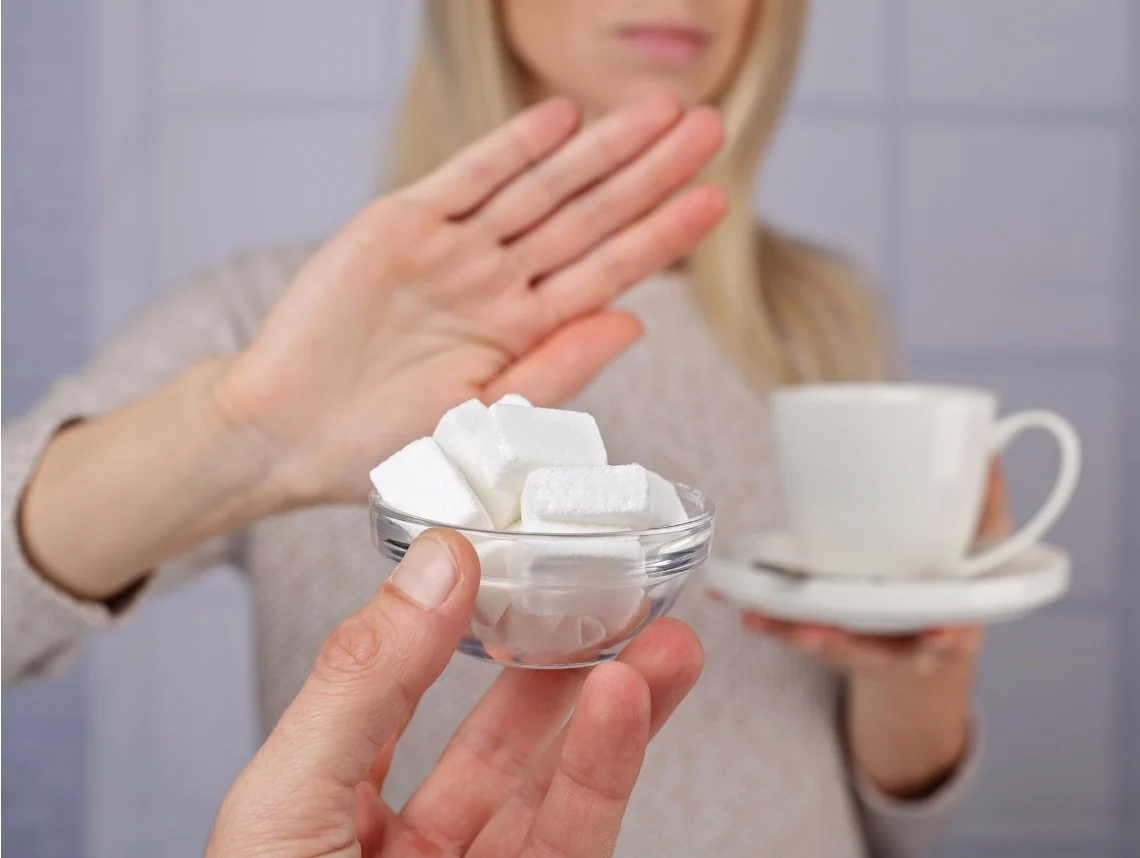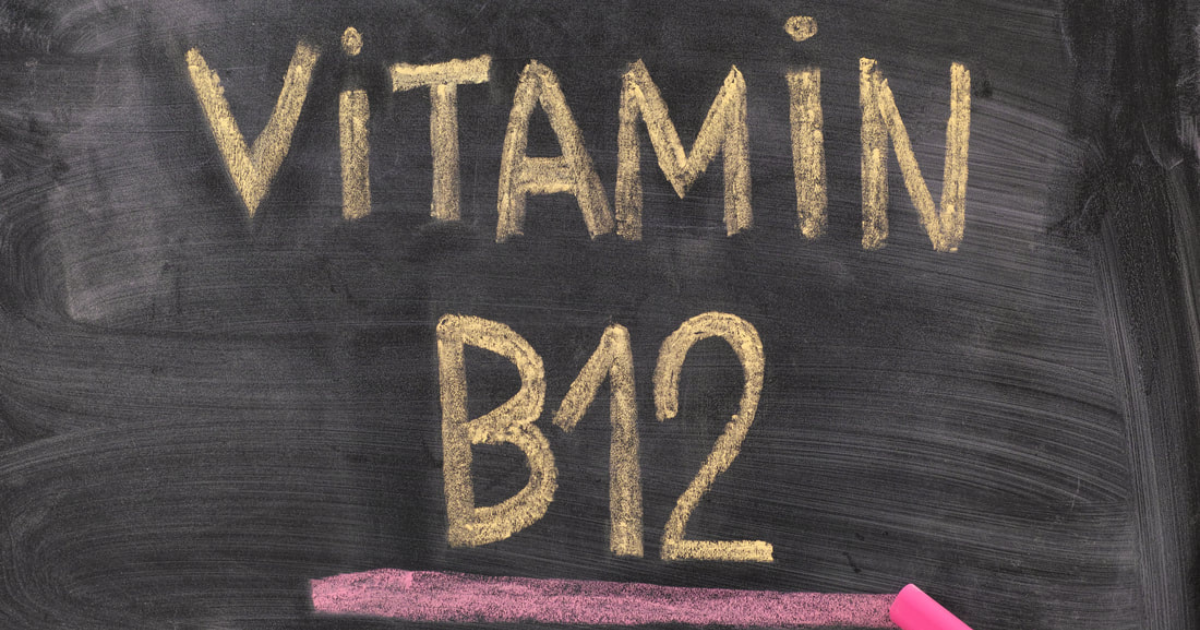You might have visited your doctor’s many times and must have tried to read the prescription and must have failed to do so.
You may feel that all doctor’s scribble their prescriptions. If you manage to find someone who lets others make sense of their prescriptions you’ll know that there are some things written in what seems like a code. But they are Latin!
Doctors use abbreviations (based on Latin words) in the prescription that tell your pharmacist which medication to give you, directions on how to use that medication and how many times to take that medication.
When you learn to understand the medical abbreviations used by your doctor, you can read your own prescription immediately after it is written and avoid the risk of getting to be mistaken by the pharmacist. This will make sure that you know what medication you are getting and it will give you a chance to ask questions about your doctor’s instructions. If you understand your prescription, there is less chance that you will have a medical error. For example, your pharmacist can make a mistake reading your doctor’s handwriting.
Well, you can learn to read the Abbreviation. In Just 3 steps:
- How to take tablets and medicines
- How to take Syrups
- How to apply Creams and Lotions
On every Prescription there is always:
- Patient’s name
- Patient’s details
- B.P
- Sugar (if it has been measured)
- Patient’s weight
- patient’s age
- Name of the Tablet, dose and how many times to take
For Example:
- Tab. ABC – BBF ( Before fasting) 1 OD
- Tab. XYZ – 1 BD
- Tab. PQR – 1 TDS
- Tab. EFG – 1QID
- Tab. LMN – 1 HS
- Tab. CDE – 1 SOS
Tablets :
BBF – before fasting
OD – Once In a day
BD – “bic in die” which means TWICE A day
TDS- Three times a day
QID- four times a day
HS- sleeping time a day /bedtime a day
SOS- “Save our souls” emergency tablets
How To Take Syrups :
For Example:
- Syrup ABC -1 TSF OD
- Syrup XYZ – 2 TSF BD
- Syrup Antacid – 3 TSF TDS
1TSF – OD means 1 Tablespoon full once in a day
2 TSF – BD means 2 Tablespoon full and twice in a day
The dosage like 2ml. 5ml. 10ml. can be measured by cap
How to use creams and lotions :
- Cream ABC L/A E.U.O
- Cream XYZ L/A I.U.O
L/A – stands for LOCAL APPLICATION which means Cream should be applied ONLY ON THE AFFECTED AREA.
EUO – stands for external use only
IUO – stands for Internal use only
For Topical oral use – This type of medication is used to apply to a particular place in the body (only for ulcers).
For topical use only – This type of medication is applied to a particular place on the body (apply only in infected area).
As an alert medical consumer, it is a good idea to check your prescription and make sure that it is filled correctly at the pharmacy. If you think there is an error or discrepancy, you can ask the pharmacist or call your doctor.
Commonly Used Medical Abbreviations
Your doctor may use different abbreviations or symbols.
Some commonly used abbreviations are:
- ad lib – freely, as needed
- bid – twice a day
- prn – as needed
- q3h – every 3 hours
- q4h – every 4 hours
- qd – every day
- qid – four times a day
- qod – every other day
- tid – three times a day
When to Take Your Medication:
- ac – before meals
- hs – at bedtime
- int – between meals
- pc – after meals
How Much Medication to Take
- caps – capsule
- gtt – drops
- i, ii, iii, or iiii – the number of doses (1, 2, 3, or 4)
- mg – milligrams
- ml – milliliters
- ss – one-half
- tabs – tablets
- tbsp – tablespoon (15ml)
- tsp – teaspoon (5ml)
How to Use Your Medication
- ad – right ear
- al – left ear
- C or o – with
- od – right eye
- os – left eye
- ou – both eyes
- po – by mouth
- s or ø – without
- sl – sublingual
- top – apply topically
We hope that you can easily read and understand your Doctor’s handwriting and avoid the risk of being mistaken







